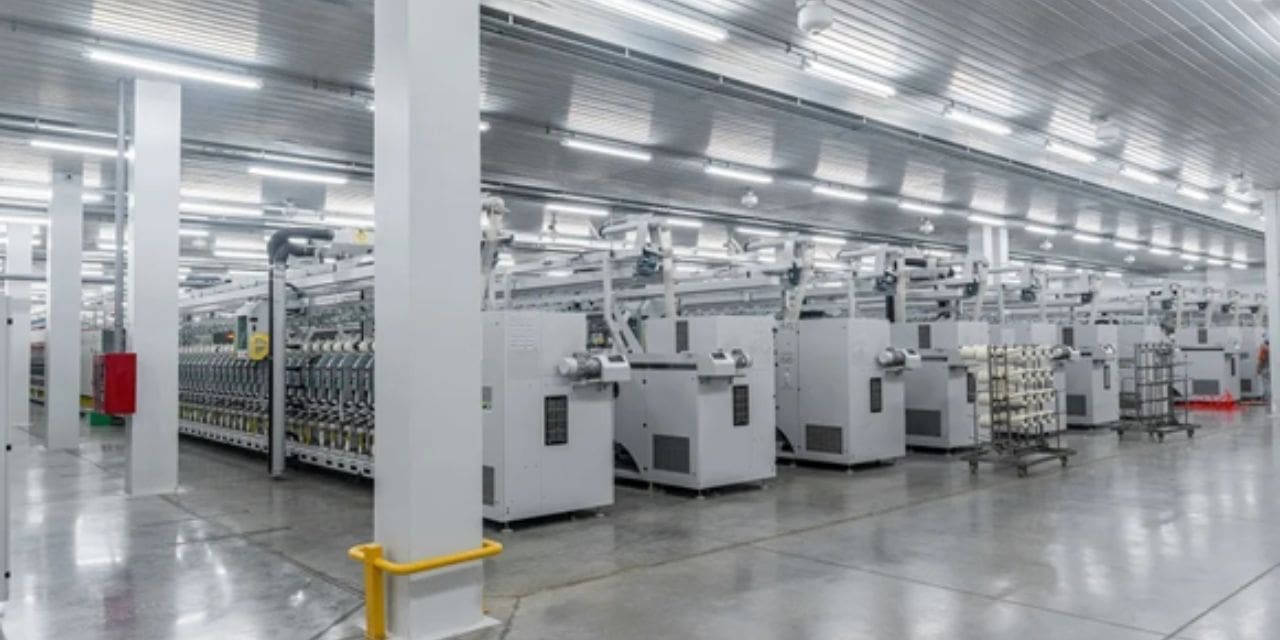May’s PMI data from S&P Global showed improved operating conditions in the ASEAN manufacturing sector. Faster expansions in output and new orders were recorded, driven by increased production requirements. This led to higher purchasing activity and a buildup of pre-production inventories.
S&P Global reported that increased demand led to higher inflation pressures, reaching a three-month high. The ASEAN manufacturing PMI rose to a 13-month high of 51.7 in May from 51 in April, indicating a continued and stronger growth in the region’s manufacturing industry.
May saw a significant increase in new factory orders due to domestic demand, marking the fastest growth in 13 months. Export sales also showed a less severe decline. Manufacturing in ASEAN saw a boost in production volumes, with output increasing at a strong rate, the most marked since April 2023. Input buying rose sharply and contributed to a stronger rise in pre-production inventories, following a period of stalled growth in April.
In May, holdings of finished items decreased, leading to manufacturers selling directly from their stocks to meet production needs. Costs and output charges increased at the strongest rates since February. Employment decreased for the second consecutive month but at a slower pace compared to April. Backlogs increased for the third month in a row, indicating rising capacity pressures. Despite challenges, ASEAN manufacturers remained optimistic about higher output in the future, with confidence levels strengthening after a dip in April. The data suggests challenges in keeping up with growing workloads while managing retrenchment in employment.

